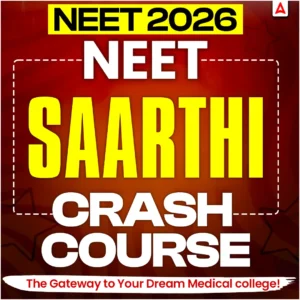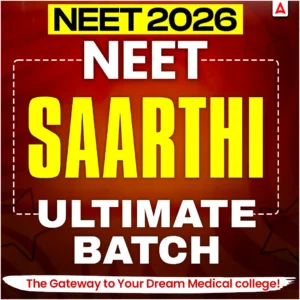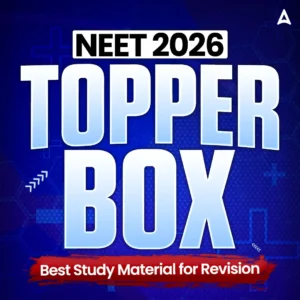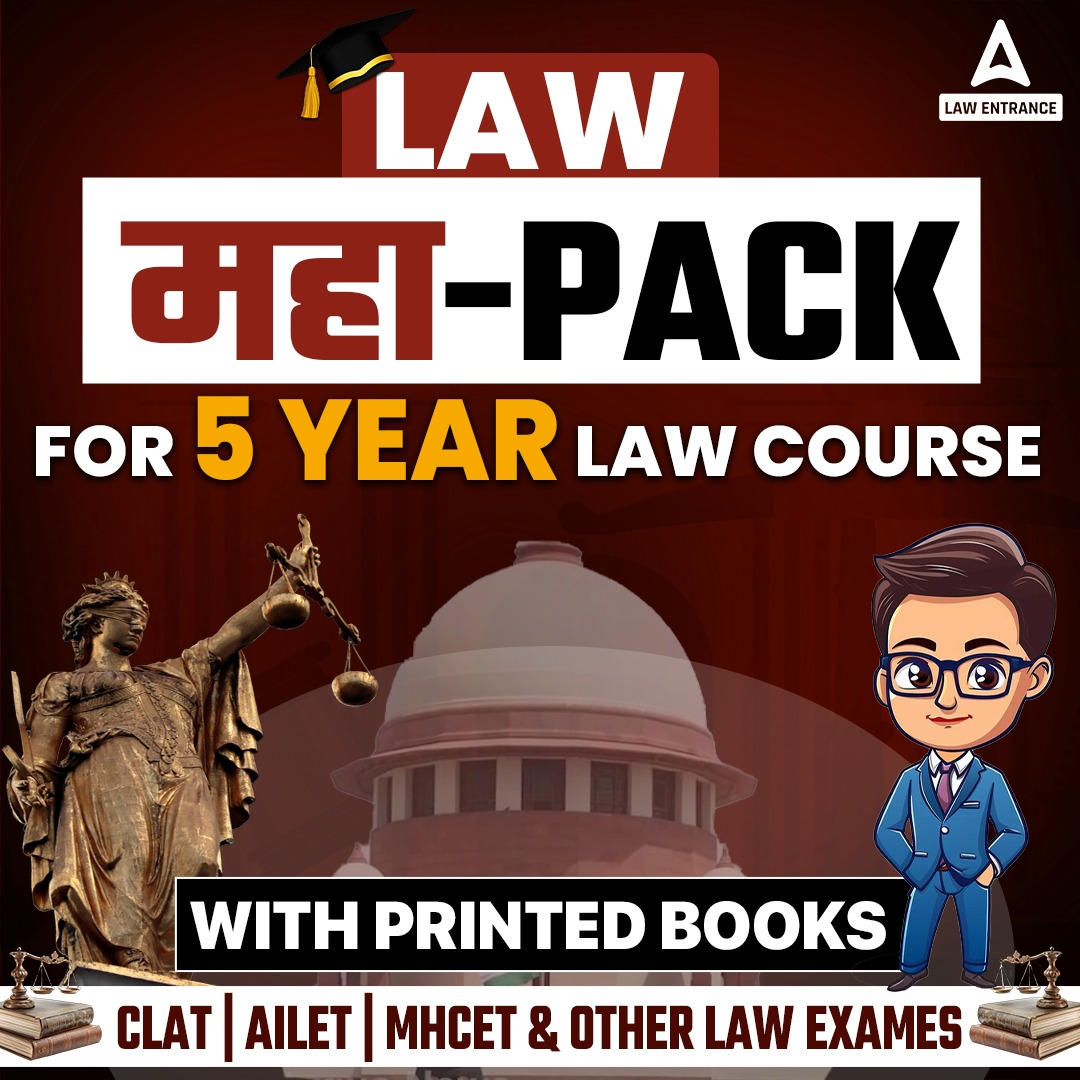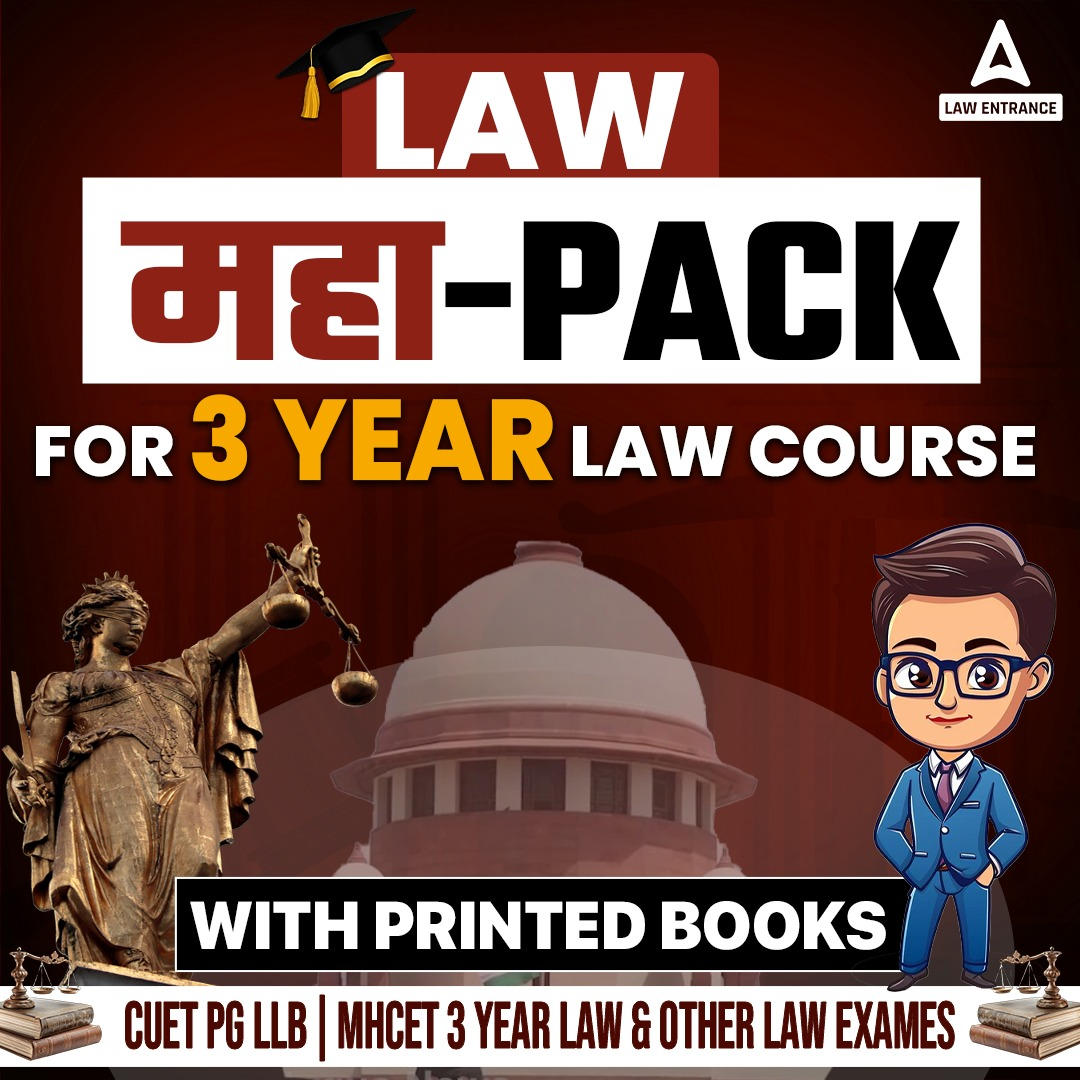The CBSE Class 12 Political Science Exam took place on March 22, 2025 (Saturday). As per the schedule, the exam has been conducted from 10:30 P.M. to -1:30 P.M. After the completion of the exam, we shares the CBSE Class 12 Political Science Question Paper 2025 with Solutions for all sets on this page.
Along with this, we also share your complete analysis of the CBSE Class 12th Political Science Paper 2024. Students who appeared in the exam can bookmark this page to download the BSE Class 12 Political Science Question Paper 2025 PDF at the earliest.
CBSE Class 12 Political Science Question Paper 2025
Political science is an important subject for the Class 12th Arts Stream students that helps helps them to improve their overall board exam grades. The CBSE Class 12 Political Science Question Paper 2025 consists of a total of 30 questions, totaling 80 marks. To pass the examination, candidates have to achieve 33% of the total.
The CBSE Class 12th is Divided into Five Sections, Section A includes a total of 12 Multiple Choice type questions and each carries 1 mark. Candidates must carefully answer these twelve questions very wisely, as it is the most scoring section. The remaining sections B, C, and D consist of Short and long Answers type and Cartoon and Map-based questions. To help students we have shared some most important political science objective type questions with answers for last-minute preparation.
Class 12 Political Science Exam 2025 – Paper Review
The CBSE Class 12 Political exam is concluded at 01:30 P.M. Now we presents one of the exam centers to capture the initial reaction of the students as well as after looking at the CBSE Class 12 Pol Science Question Paper 2025. This feedback is not only help current students but also be more beneficial for those who are going to appear board exam next year.
Student’s Reaction to CBSE 12th Political Science Paper 2025
According to initial student reports, the Class 12 Political Science paper was quite tough. Most students found the theoretical questions simple and easy to answer. However, several of the questions needed more effort and time, making them slightly more difficult for those who were not fully prepared. The difficulty level varied depending on individual preparation, with students who rehearsed various types of questions finding the paper manageable.
What Teachers Rate the Class 12th Political Science Board Paper 2025
Teachers rated the paper as balanced and well-structured, with the majority of the questions conforming with the CBSE Board’s Class 12 Political Science syllabus 2025. The paper adequately assessed the pupils’ conceptual knowledge. The theoretical enquiries were direct. Overall, the paper was fair and comprehensive, covering important themes from the course.
CBSE Class 12th Political Science Question Paper 2025 PDF Download
After the completing of the exam, students are looking for the CBSE Class 12 Political Science Question Paper 2025 PDF for All sets to cross-check the difficulty level over multiple sets. These paper PDFs will also help future board exam students to understand the marking scheme, types of questions, difficulty level, and many more aspects. We will share the CBSE Class 12 Political Science Question Paper 2025 PDFs for Set 1 2 3 in the below table soon.
| Name of the Sets | PDF Download Link |
| CBSE Class 12 Political Science Set 1 Question Paper 2025 | Download PDF |
| CBSE Class 12th Political Science Set 2 Question Paper 2025 | Download PDF |
| CBSE 12th Political Science Set 3 Question Paper 2025 | Download PDF |
CBSE Class 12th Political Science question paper Pattern
The CBSE Class 12th Political Science question paper 2025 consists of 30 questions, and all questions are compulsory and The paper is divided into five sections: A, B, C, D, and E. Check the Section-wise Breakdown given below.
- Section A (12 Marks)
Questions 1 to 12 are Multiple Choice Questions (MCQs).
Each question carries 1 mark. - Section B (12 Marks)
Questions 13 to 18 are Short Answer type questions.
Each question carries 2 marks, with answers in 50 to 60 words. - Section C (20 Marks)
Questions 19 to 23 are Long Answer Type – I questions.
Each question carries 4 marks, with answers in 100 to 120 words. - Section D (6 Marks)
Questions 24 to 26 are Passage, Cartoon, and Map-based questions.
Answers should be written as per the question’s requirements. - Section E (24 Marks)
Questions 27 to 30 are Long Answer Type – II questions.
Each question carries 6 marks, with answers in 170 to 180 words.
CBSE Class 12 Political Science Important Questions with Solutions
To assist students in their preparation, we present the CBSE Class 12 Political Science Important Questions with Solutions prepared by the subject matter experts. These Important political Science question answers are great resources for last-minute revision and practice with high-weightage chapters.
1. The collapse of Soviet Union was followed by Shock Therapy. Which of the following statements is NOT correct about Shock Therapy?
A) The transition involved a breakup of the existing trade alliances among the countries of the Soviet bloc.
B) Shock therapy involved a drastic change in the external orientation of these
economies.
C) FDI and free trade were to be the main engines.
D) The Eastern capitalist states guided and controlled the development of the region.
Answer: D) The Eastern capitalist states guided and controlled the development of the region
2. In the following question, a statement of Assertion (A) is followed by a statement of Reason(R). Choose the appropriate answer from the options given below as the correct answer:
Assertion (A): In December 1991, under the leadership of Yeltsin, Russia, Ukraine
and Georgia, three major republics of the USSR, declared that the
Soviet Union was disbanded.
Reason(R): The rise of nationalism led to various protests in Post-Soviet Republics.
Options:
A) Both A and R are true, and R is the correct explanation of A.
B) Both A and R are true, but R is not the correct explanation of A.
C) A is true, but R is false.
D) A is false, but R is true.
Answer: D) A is false, but R is true.
3 Match the terms given in column ‘A’ correctly with their meaning given in column ‘B’
and choose the appropriate code as the correct answer:
| Column ‘A’ | Column ‘B’ |
| I Confidence building measure | (i) Giving up certain types of weapons |
| II Arms Control | (ii) A process of exchanging information on Defense matters between nations on a regular basis. |
| III Alliance | (iii) A coalition of nations meant to deter or Defend against military attacks. |
| IV Disarmament | (iv) Regulates the acquisition or development of weapons. |
Codes:
A) I-(ii), II-(iv), III-(iii), IV-(i)
B) I-(ii), II-(i), III-(iii), IV-(iv)
C) I-(ii), II-(i), III-(iv), IV-(iii)
D) I-(iv), II-(ii), III-(iii), IV-(i)
Answer:A) I-(ii), II-(iv), III-(iii), IV-(i)
4 In recent times, most of the armed conflicts have taken place in: 1
A) Eastern Europe
B) South Asia
C) Middle East Asia
D) Sub-Saharan Africa
Answer:D) Sub-Saharan Africa
5 Given below are two statements: 1
Statement I: Resource geopolitics pertains to the allocation of resources during the
cold war.
Statement II: Oil is considered as the most important resource in global politics.
In the light of above statements, choose the correct answer from the options given
below:
A) Both statement I and Statement II are true
B) Both statement I and Statement II are false.
C) Statement I is true, but Statement II is false.
D) Statement I is false, but Statement II is true.
Answer: A) Both Statement I and Statement II are true.
6. Arrange the following in chronological order of their formation: 1
I) Energy Conservation Act
II) Paris Climate Agreement
III) The Electricity Act
IV) Montreal Protocol
Choose the correct option:
A) (I), (II), (III), (IV)
B) (II), (IV), (I), (III)
C) (IV), (I), (III), (II)
D) (III), (I), (II), (IV)
Answer:C) (IV), (I), (III), (II)
7. The “Era of One-Party Dominance” in India refers to the period from :
A) 1952 to1962
B) 1977 to1984
C) 1989 to 1996
D) 1998 to 2004
Answer:A) 1952 to1962
8. Identify and write the Incorrect pair:
A) Dr. B.R Ambedkar– Chairman of Drafting Committee of the Indian Constitution
B) Maulana Abul Kalam Azad–India’s first Education Minister
C) Rajkumari Amrit Kaur— India’s first Health Minister
D) Acharya Narendra Dev—Founding President of the Communist Party of India.
Answer: D) Acharya Narendra Dev-Founding President of the Communist Party of India
9. Which conference marked the zenith of India’s engagement with the newly
independent Asian and African nations?
A) Malaysian Conference
B) Singapore Conference
C) Bandung Conference
D) Egyptian Conference
Answer:C) Bandung Conference
10. Which of the following issues led to the attack on Egypt in 1956 by Britain?
A) Suez Canal issue
B) Suzhou Canal issue
C) Panama Canal issue
D) Bruges Canal issue
Answer:A) Over Suez Canal issue
11 .‘Bodo’ is a community in state of India.
A) Arunachal Pradesh
B) Assam
C) Manipur
D) Mizoram
Answer:B) Assam
12. Which of the following Schedules of the Constitution allows complete autonomy to different tribes to preserve their practices and customary laws?
A) Fourth Schedule
B) Sixth Schedule
C) Seventh Schedule
D) Eighth Schedule
Answer: B) Sixth Schedule

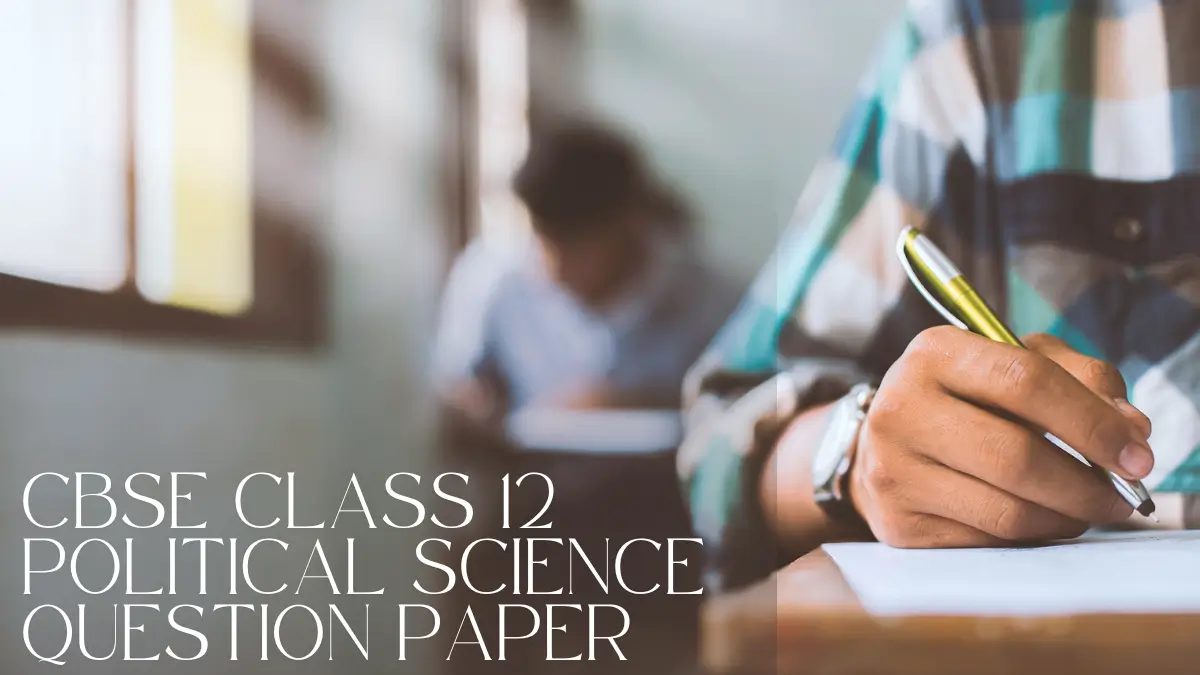








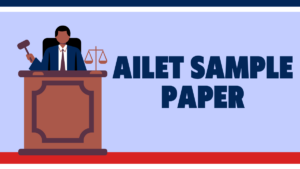 AILET Sample Paper 2026 Out, Download PD...
AILET Sample Paper 2026 Out, Download PD...
 CBSE Class 10 IT Sample Paper 2025-26 PD...
CBSE Class 10 IT Sample Paper 2025-26 PD...
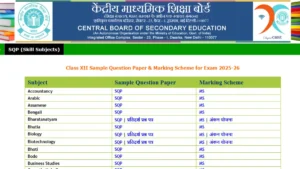 CBSE Class 12 Sample Paper 2026 with Sol...
CBSE Class 12 Sample Paper 2026 with Sol...
